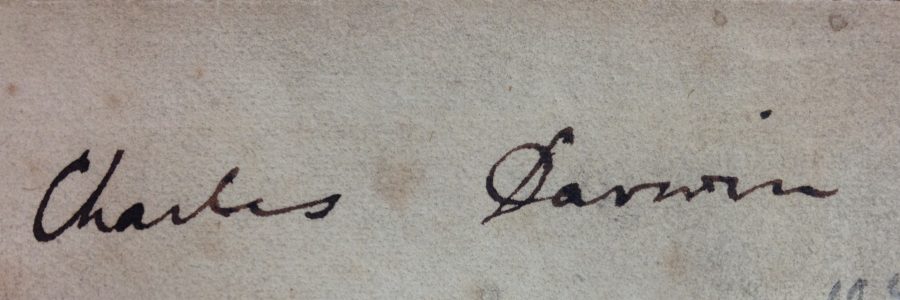
Conserving Darwin’s Library and its curiosities
By Cécilia Duminuco
Charles Robert Darwin (1809–1882) has undoubtedly marked the history of science. Famously known for his theory of evolution by natural selection, the English naturalist is considered as one of the most brilliant scientists of his time.
Darwin was a prolific reader and writer, not to mention a hoarder, collecting and producing an extensive archive of scientific literature and manuscripts. The majority of this material is held by Cambridge University Library (CUL), but there are other significant collections in several major institutions and private collections in the UK and US.
Since 2003, the Darwin Manuscripts Project (DMP) at the American Museum of Natural History (AMNH) in the USA has pursued an ambitious goal: to reunite these unique resources on one single platform, and make them available as a free, open access resource.
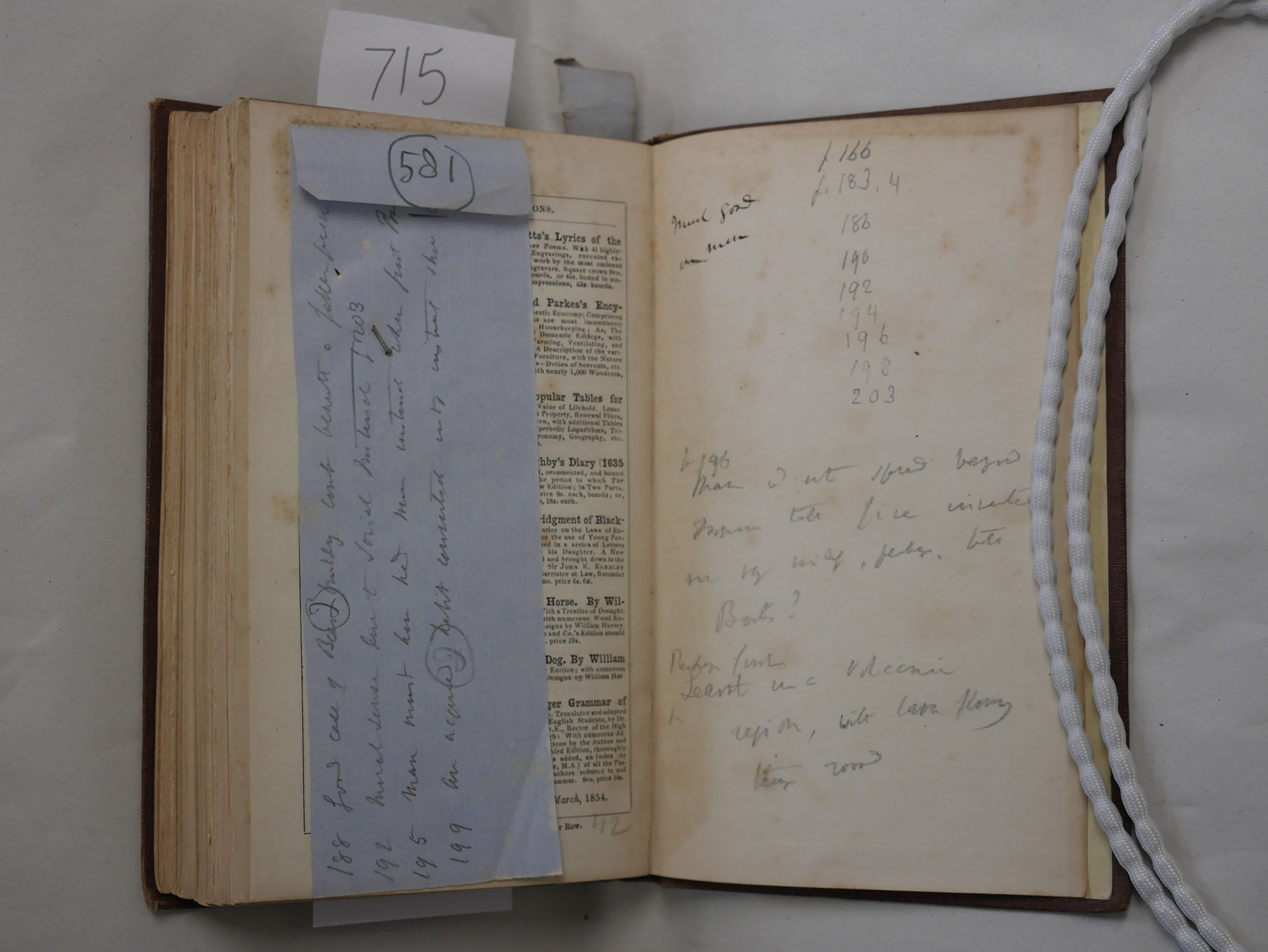
DAR.LIB.715 – A manuscript note by Darwin (left), pinned to the printed page, with his pencil annotations on the right
CUL’s Darwin material is preserved in two different collections. The Charles Darwin’s Library collection includes Darwin’s personal library, often extensively annotated, while the Charles Darwin Papers contains his notes, drafts, manuscripts and correspondence.
In 2016, AMNH and CUL were awarded a major grant by the US National Endowment for the Humanities, to enable completion of conservation and digitisation of 750 annotated monographs from Darwin’s Library and 4,000 manuscript leaves from Darwin’s papers. This is our third collaborative project since 2010, with over 45,000 pages from annotated volumes and 16,000 manuscript leaves digitised between 2011 and 2016.
After months of preparation and planning by the conservation team at CUL, I began work on the conservation of Charles Darwin’s Library in January 2017. The Library includes nineteenth-century books, quite often mass-produced. These often contain inherently weak materials and binding structures, which are now too damaged or fragile to be safely digitised. The collection includes, amongst others, temporary paper bindings, books made of brittle and fragile paper, bindings with tight and restricted openings, or with degraded and powdery leather covers. These materials need to be made safe to undergo handling during digitisation, and later on, during consultation by researchers and readers.
In the conservation studio, my work starts with the assessment of each of the printed books annotated by Darwin. During its eventful life, the collection has been heavily used, and housed in sometimes less-than ideal locations. This resulted in mould contamination, with dormant spores still visible in some books. A system was therefore rapidly implemented in the conservation studio to clean the books, a first step necessary to protect the library users, and prevent cross-contamination within the collection. This would not have been possible without the help of the Library’s new Collection Care Department, who helped me from the beginning of the project and enabled me to treat the books by patiently and carefully dry-cleaning them in controlled conditions.
After cleaning, at-risk items are then stabilised as necessary prior to digitisation. Conservation treatments range from minimal – such as providing handling guidance, cleaning and small repairs – to more interventive processes, such as board reattachments, consolidation of the sewing structure, humidification and flattening.
Materials in need of protective housing are also identified and re-housed if required, using different types of enclosures such as smart-boxes, archival folders or four-flap enclosures. When ready for imaging, the books are delivered to the Library’s Digital Content Unit.
While working on the collection, I couldn’t help noticing what I quickly started to call ‘Darwin curiosities’. Some of these curiosities include quite singular photographs, various plant materials, book marks made of scraps of recycled paper, newsprint, adverts, nails and pins directly piercing the paper, notes and thoughts inserted between pages, and crushed insects.
All of these ‘curiosities’ are vivid witnesses of the particularly close relationship Darwin had with his books. These physical traces are marks of Darwin reading, researching, piecing different ideas together, or generating new ideas. And while brainstorming, recording his thoughts with anything he had at hand. This is precisely the aim of this specific project: recording brilliant mind at work through, indeed, sometimes very ‘curious’ annotations!
A considerable part of the previous digitisation projects is already available online, on the Cambridge Digital Library website https://cudl.lib.cam.ac.uk/collections/darwin_mss and the Biodiversity Heritage Library http://www.biodiversitylibrary.org/browse/contributor/CUL#/titles. Images from the current project are scheduled to be launched in early 2019, and will be available on the Cambridge Digital Library.
Acknowledgements
The US National Endowment for the Humanities, NEH Darwin Library Project
David Kohn and Nick Gill, NEH Darwin Library Project
Jim Bloxam, Deborah Farndell, Anna Johnson, and team – Conservation and Collection Care Department, Cambridge University Library
Digital Content Unit team, Cambridge University Library

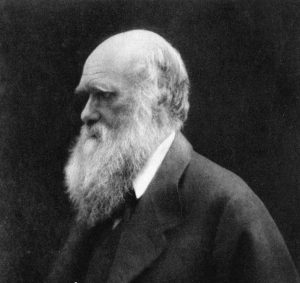
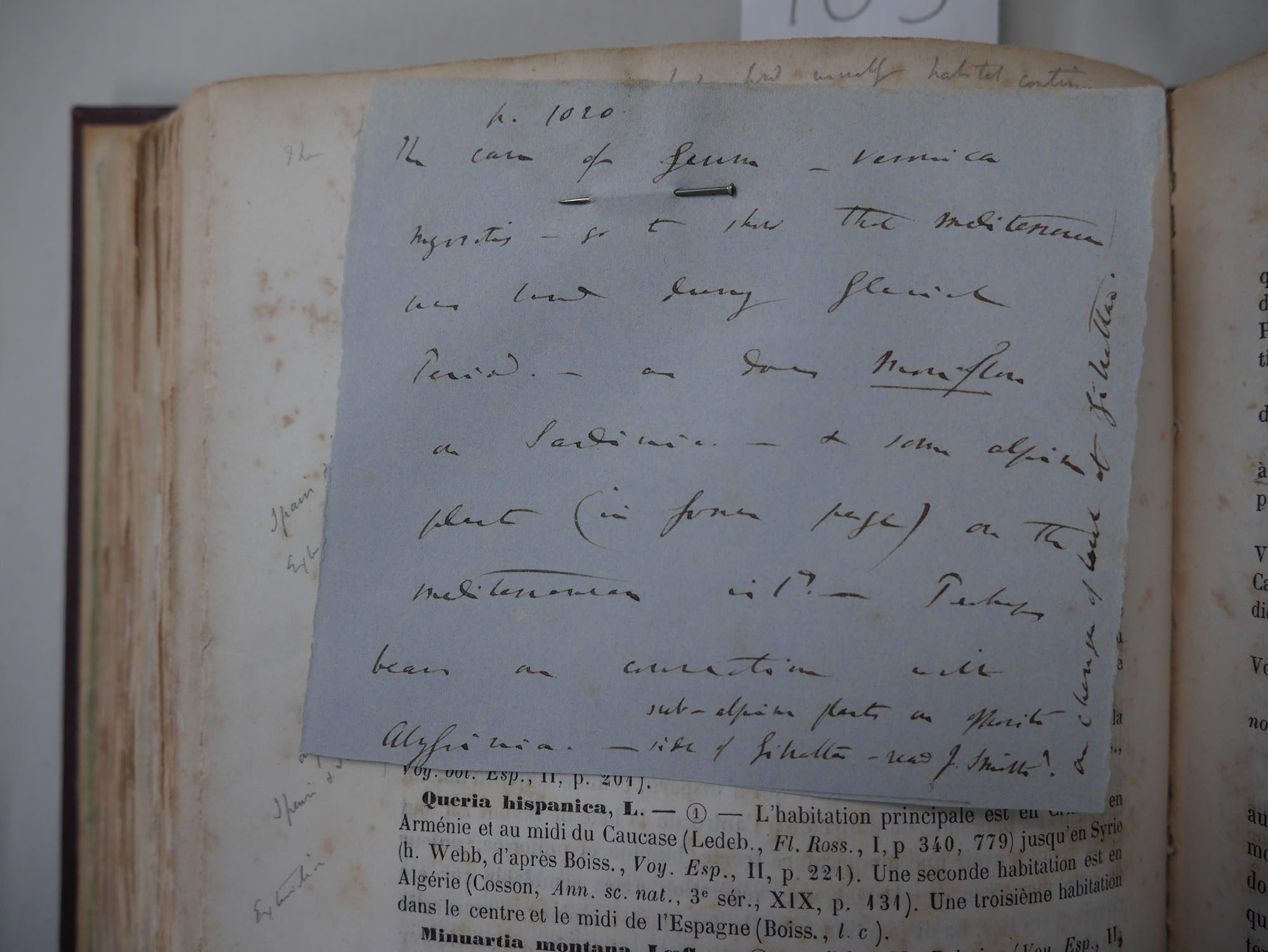
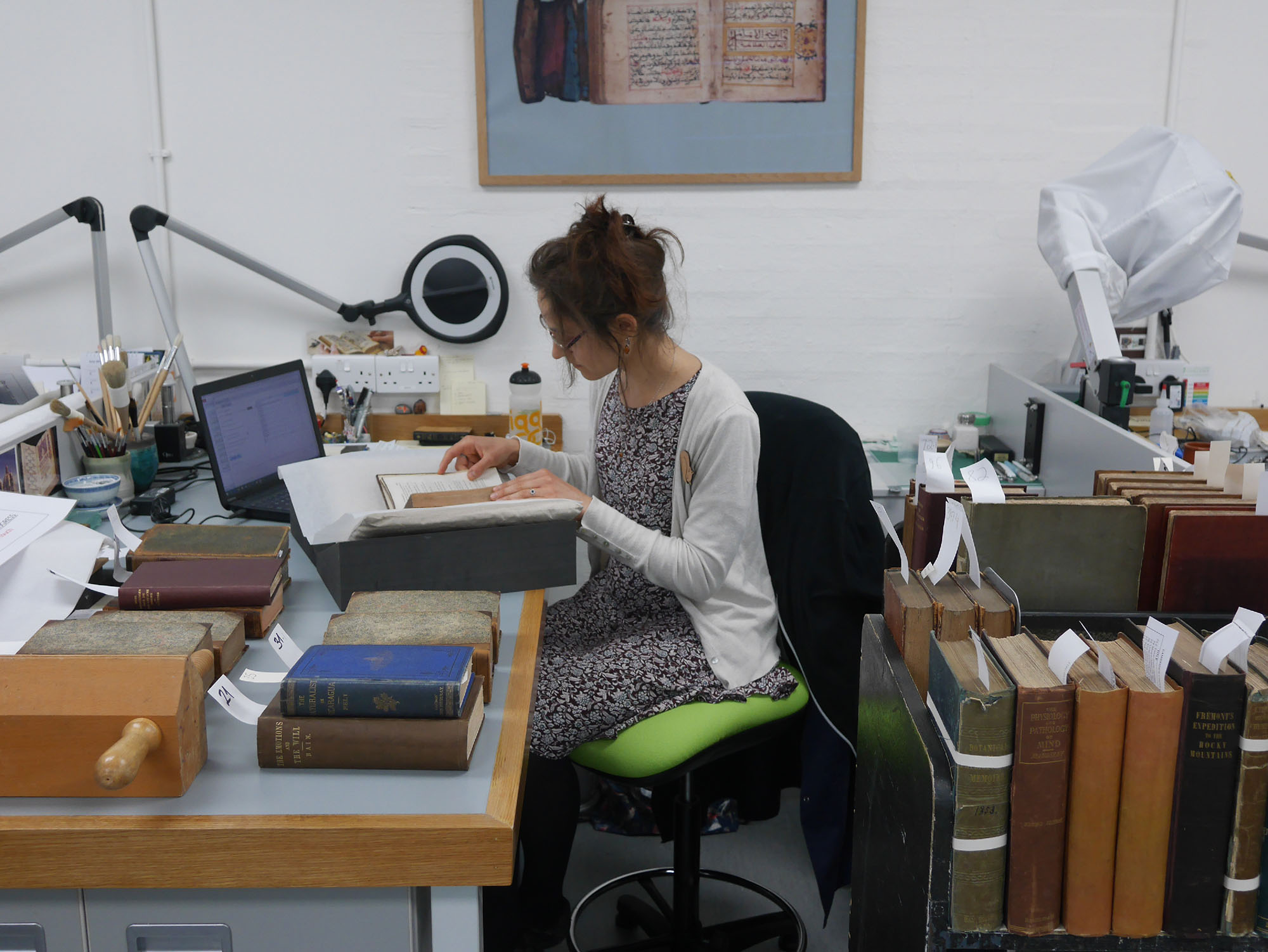
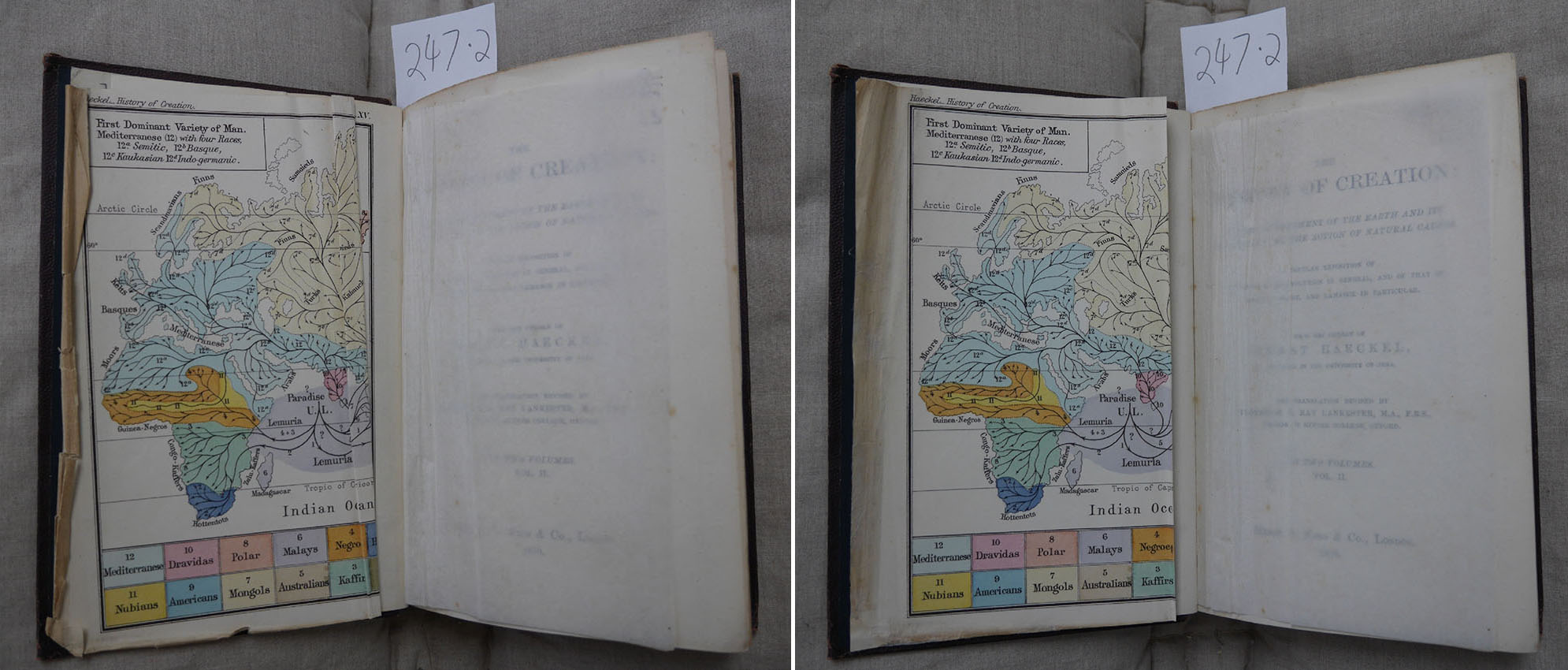
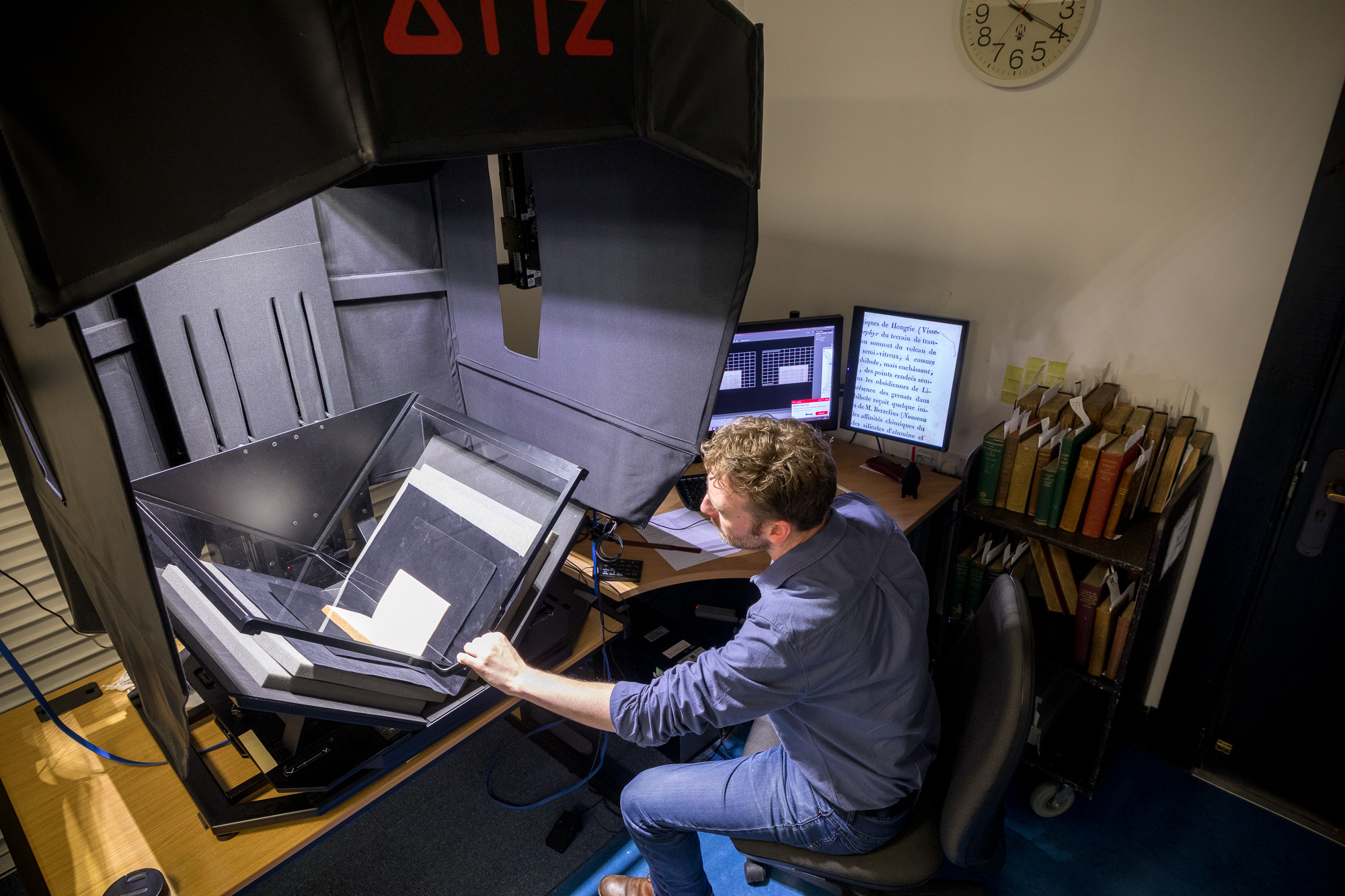
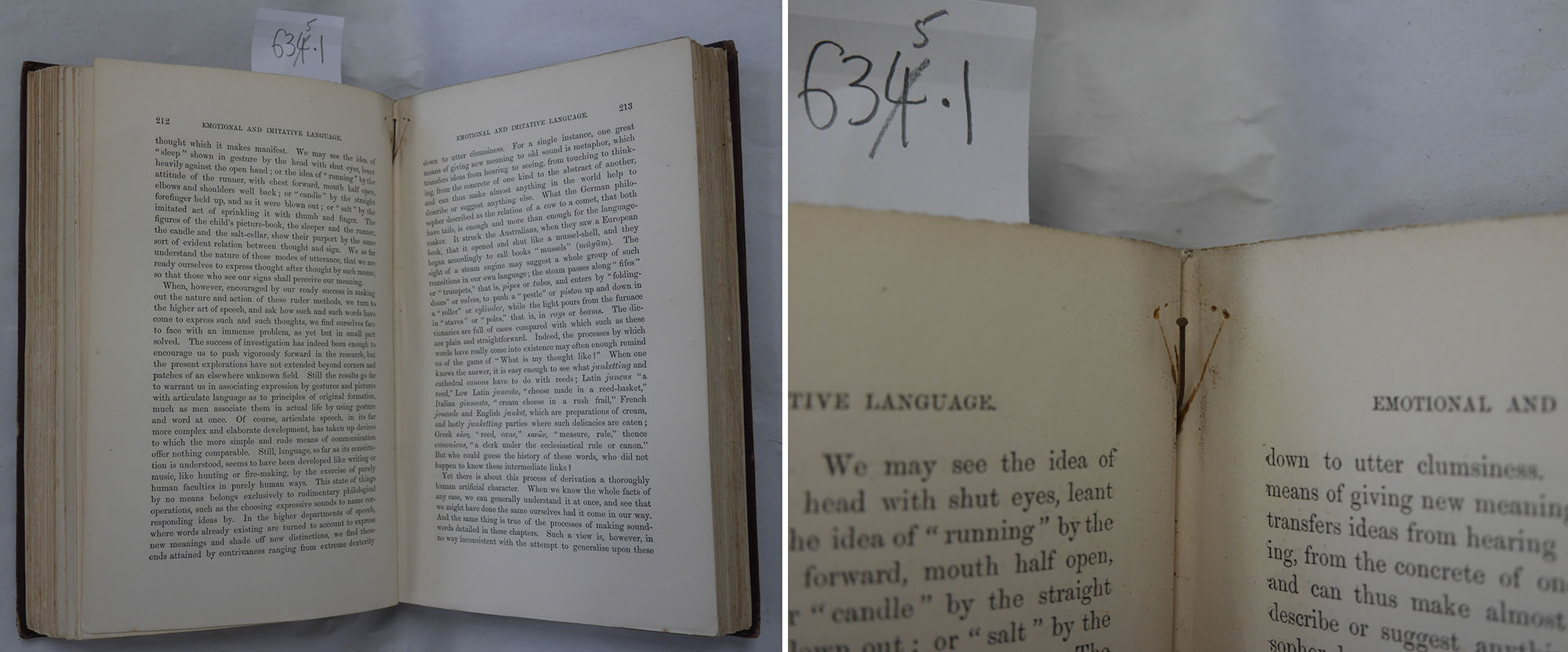
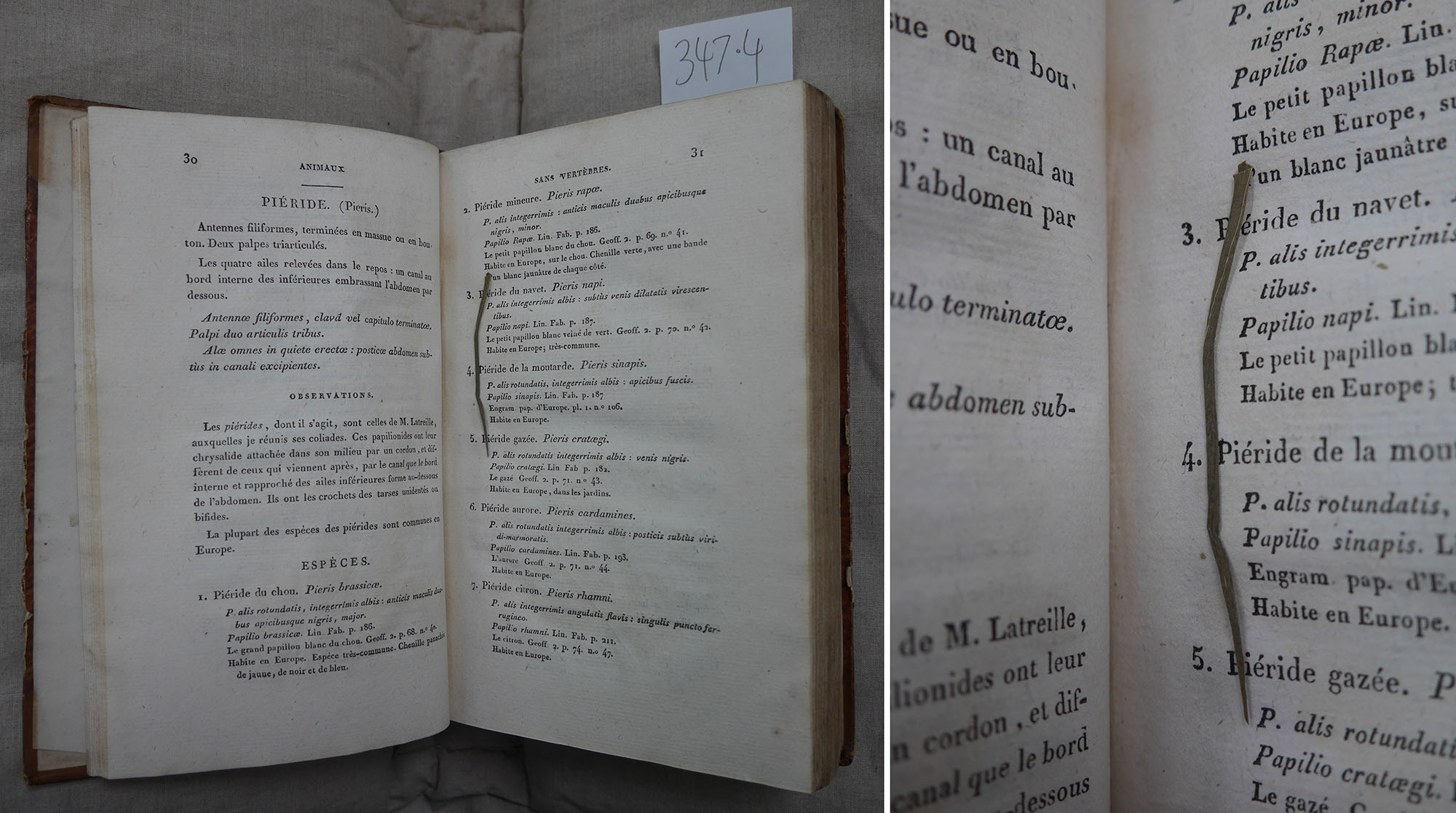
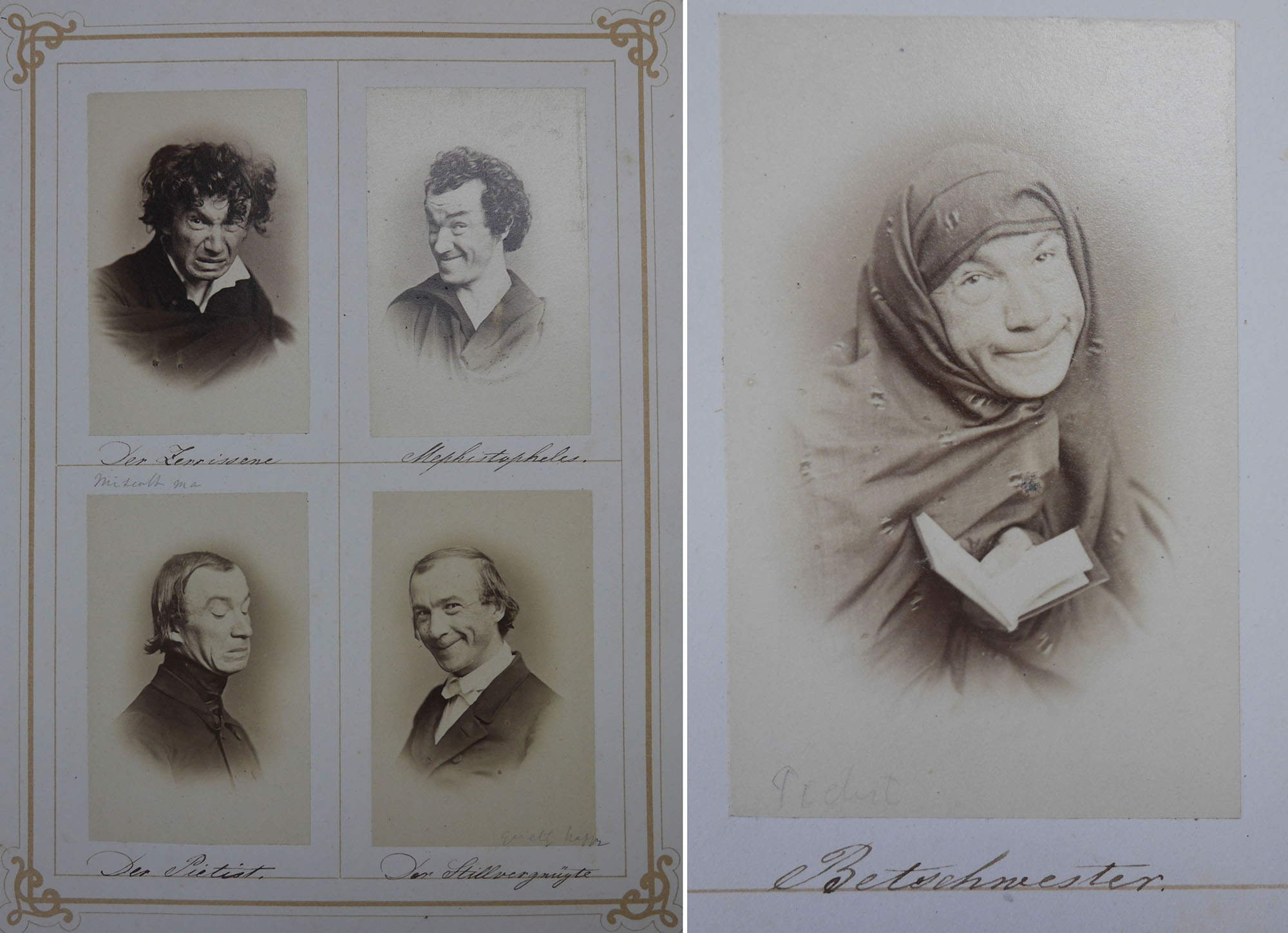
Pingback: 10 Things on the 10th August: 3D Digitization, Wikidata, DAM, Automated Metadata… | MOD LIBRARIAN